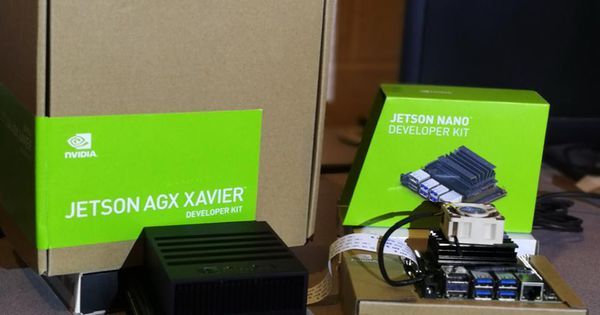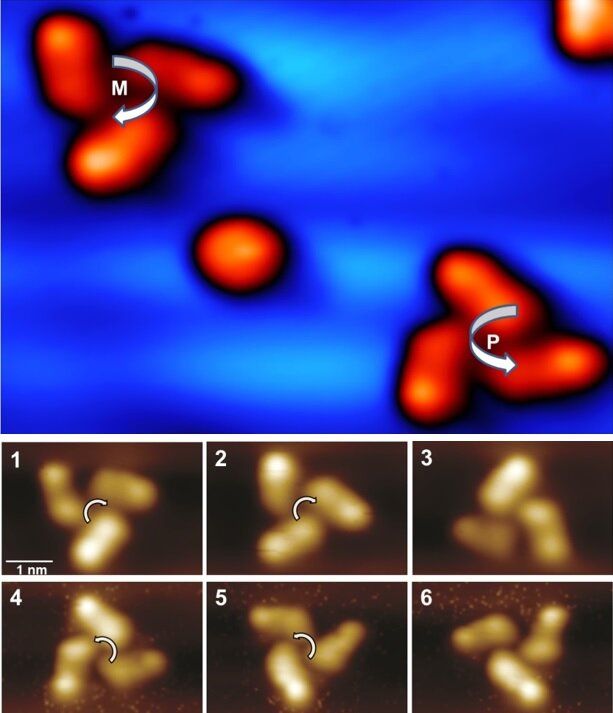Half a century after the first moon landing, NASA plans to go back to…




An experiment in the United Kingdom has failed to find evidence of a particle meant to explain most of the universe’s mass. But the search isn’t over.
When cosmologists observe the way the universe expands, they find that present-day theories of matter can’t explain most of the universe’s energy. They call the unknown energy “dark energy,” and theorists have tried to explain it by proposing undiscovered particles and corresponding fields. Experiments have failed to find evidence of such particles, but in physics, that’s not necessarily a bad thing.
From computer hacking to biohacking, Dave Asprey has embarked on a quest to reverse the aging process.

In the 2015 movie “Chappie”, which is set in the near future, automated robots comprise a mechanised police force. An encounter between two rival criminal gangs severely damages the law enforcing robot (Agent 22). His creator Deon recommends dismantling and recycling the damaged police droids. However, criminals kidnap Deon and force him to upload human consciousness into the damaged robot to train it to rob banks. Chappie becomes the first robot with the human mind who can think and feel like a human. Later, in the movie when his creator Deon is dying, it’s Chappie’s turn to upload Deon’s consciousness into a spare robot through a neural helmet. Similarly, in the “Avatar” a 2009 Hollywood science fiction, a character in the film by name Grace connects with Eiwa, the collective consciousness of the planet and transfers her mind to her Avatar body, while another character Jake transfers his mind to his Avatar body rendering his human body lifeless.
Mind uploading is a process by which we relocate the mind, an assemblage of memories, personality, and attributes of a specific individual, from its original biological brain to an artificial computational substrate. Mind uploading is a central conceptual feature of many science fiction novels and films. For instance, Hanson’s book titled “The Age of Em: Work, Love and Life when Robots Rule the Earth” is a 2016 nonfiction book which explores the implications of a future world when researchers have learned to copy humans onto computers, creating “ems,” or emulated people, who quickly come to outnumber the real ones.

We (TIRIAS Research) recently had an opportunity to evaluate the latest Jetson platform from Nvidia. At just 45mm x 70mm the Jetson Nano is the smallest Artificial Intelligence (AI) platform form factor Nvidia has produced to date. The Jetson Nano is powered by the Tegra X1 SoC, which features quad 1.43 GHz Cortex-A57 CPU cores and the 128-core Maxwell GPU. The Jetson Nano also uses the same Jetpack Software Development Kit (SDK) as the other Jetson platforms, the TX2 and AGX Xavier, allowing for cross platform development. For only $99, plus a little extra for accessories, the Jetson Nano is an amazing platform.
In addition to the Tegra X1 SoC, the Nano developer kit comes configured with 4GB of LPDDR4 memory and plenty on I/O options, including a MIPI CSI connector, four USB 3.0 Type-A ports, one USB 2.0 Micro-B, one gigabit ethernet port, and 40 GPIO pins. The Nano is capable of driving dual displays through single DisplayPort and HDMI ports, it has an microSD card slot for storage, and a somewhat hidden M.2 Key E connection for expansion modules/daughter cards for optional functions like wireless connectivity. The Jetson Nano developer kit comes with a sizable heatsink for passive cooling, but has holes drilled for add-on fans. For our evaluation, we used a Noctua NF-A4x20 5V PWM fan and a Raspberry Pi MIPI Camera Module v2 from RS Components and Allied Electronics.
For development software, the Nano runs an Ubuntu Linux OS and uses the Jetpack SDK, which supports Nvidia’s CUDA developer environment, as well as other common AI frameworks, such as TensorRT, VisionWorks, and OpenCV.
Machines on display at World Robot Conference in China can fly, swim and even do brain surgery…

Scientists from the International Atomic Energy Agency (IAEA) in Vienna, Austria, released footage of the effect at work in a research reactor…
Experts from the International Atomic Energy Agency in Vienna, Austria, released footage of the effect — a visual equivalent to the ‘sonic boom’ — at work.

A team of scientists from Ohio University, Argonne National Laboratory, Universitié de Toulouse in France and Nara Institute of Science and Technology in Japan led by Ohio Professor of Physics Saw-Wai Hla and Prof. Gwenael Rapenne from Toulouse developed a molecular propeller that enables unidirectional rotations on a material surface when energized.
In nature, molecule propellers are vital in many biological applications ranging from the swimming bacteria to intracellular transport, but synthetic molecular propellers, like what has been developed, are able to operate in harsher environments and under a precise control. This new development is a multiple component molecular propeller specially designed to operate on solid surfaces. This tiny propeller is composed of three components; a ratchet shape molecular gear as a base, a tri-blade propeller, and a ruthenium atom acting as an atomic ball bearing that connects the two. The size of the propeller is only about 2 nanometers (nm) wide and 1 nm tall.
“What is special about our propeller is its multi-component design that becomes chiral on the gold crystal surface, i.e. it forms right- or left-tilted gears,” said Hla. “This chirality dictates the rotational direction when energized.”